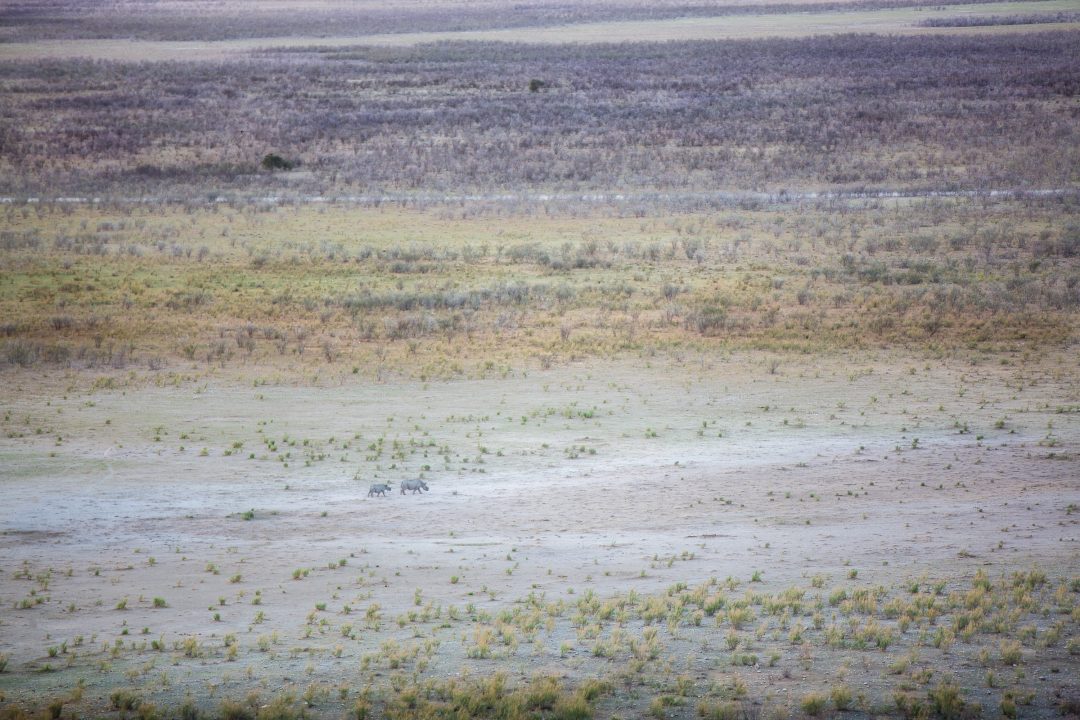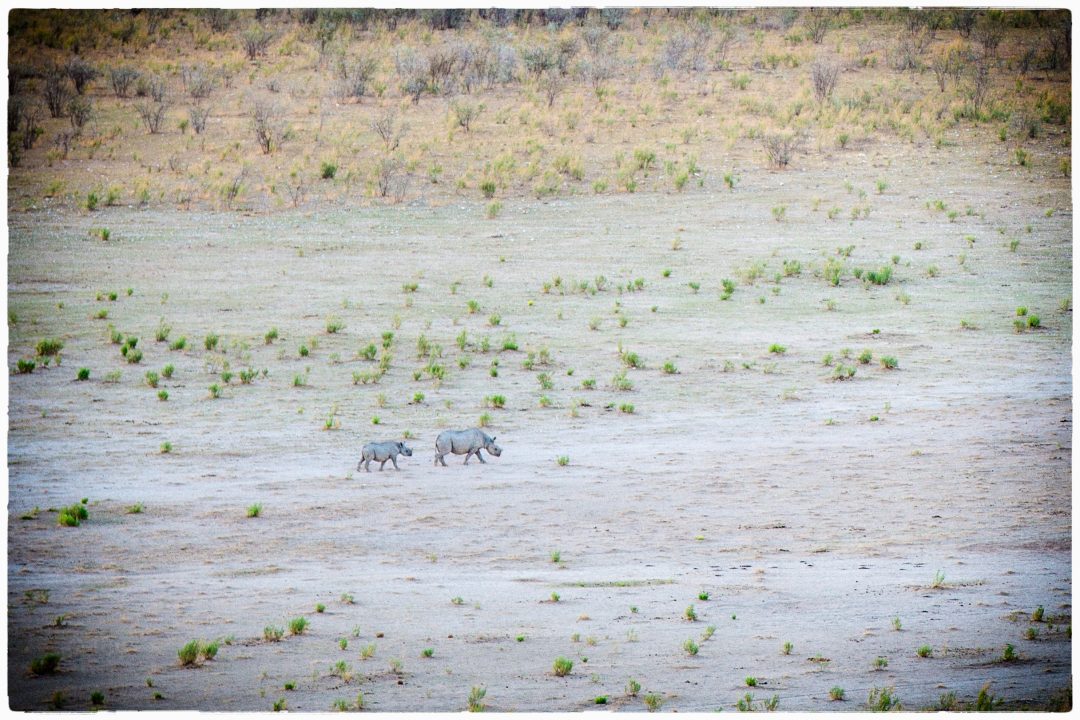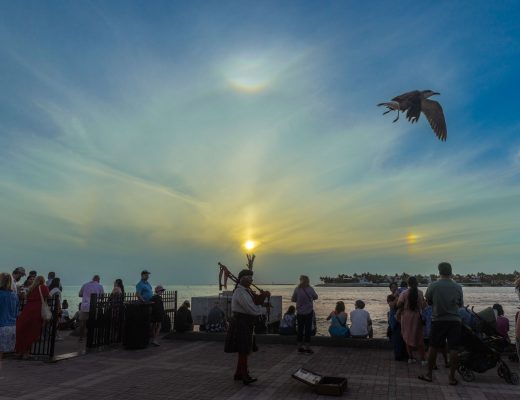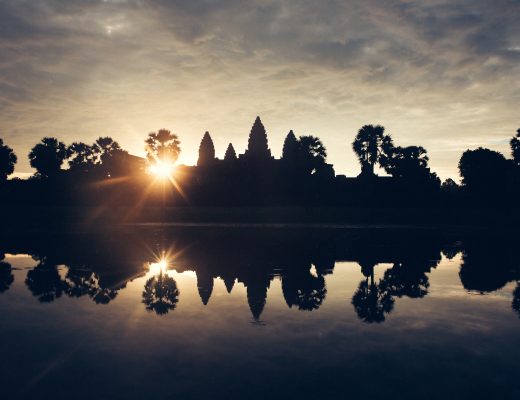I took this photo from the porch of our tent high atop the hill where Dolomite camp is placed overlooking these vast plains in Etosha National Park. It was Christmas eve and we were watching the sunset and enjoying this beautiful view when suddenly we saw these two lumbering across the savannah on their way to the watering hole on the other side of the camp. We were blown away. We were told that these were some of the rarest animals to see in the park. And we didn’t even have to drive around in the bush for hours to see them. We saw them from our amazing little tent at Dolomite. And the fact that it was a mother and her baby made it even more special for me because I was seven months pregnant.
As much as I enjoyed this moment it brought a feeling of melancholy over me, knowing that this species was hunted to near extinction in the mid 20th century. According to WWF, the population dropped by 98% to just 2500. Poaching is still a huge problem because some Chinese believe that the horns are an all natural viagra. It is a shame that some are willing to delete an entire species just for a hard-on. So it made me sad seeing this mother and her little one all alone in this huge place, trying to make it to the watering hole before the sunset, the fate of their species resting on a few vigilant conservation organizations doing their best to protect them (see below).
Thankfully these organizations have made progress. The population has made a comeback and has doubled to over 5,000 since its low 20 years ago. I hope they keep up the good work so that I can one day bring my son to this very mountaintop and see this cub all grown up and healthy, perhaps with its own little one following it into the sunset.
Magic 155/365, Black Rhino – Mother and Cub, Dolomite Camp, Etosha National Park, Namibia, Christmas Eve, 2017
Just a few of the awesome organizations working to protect this amazing species:
Rhinos without Borders (see video below)
Fossil Rim Wildlife Center (breeding conservation in Texas!)
Save the Rhino Trust (Namibia)
To learn more check out this fascinating documentary on the work being done to protect rhinos.




